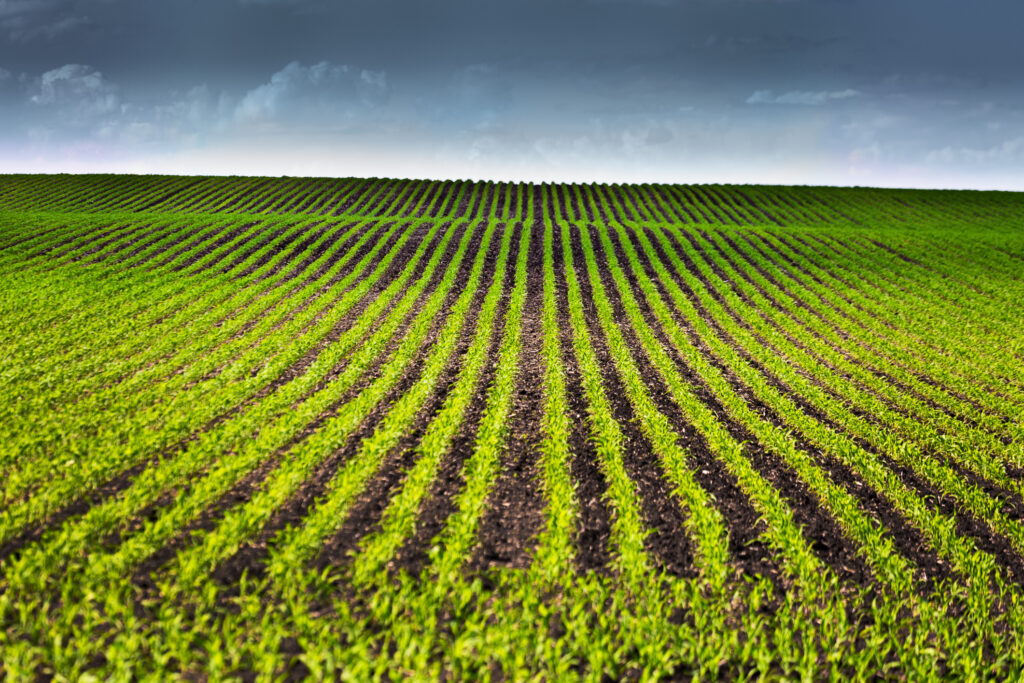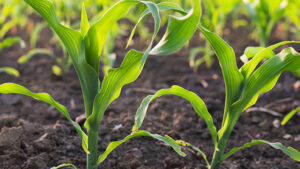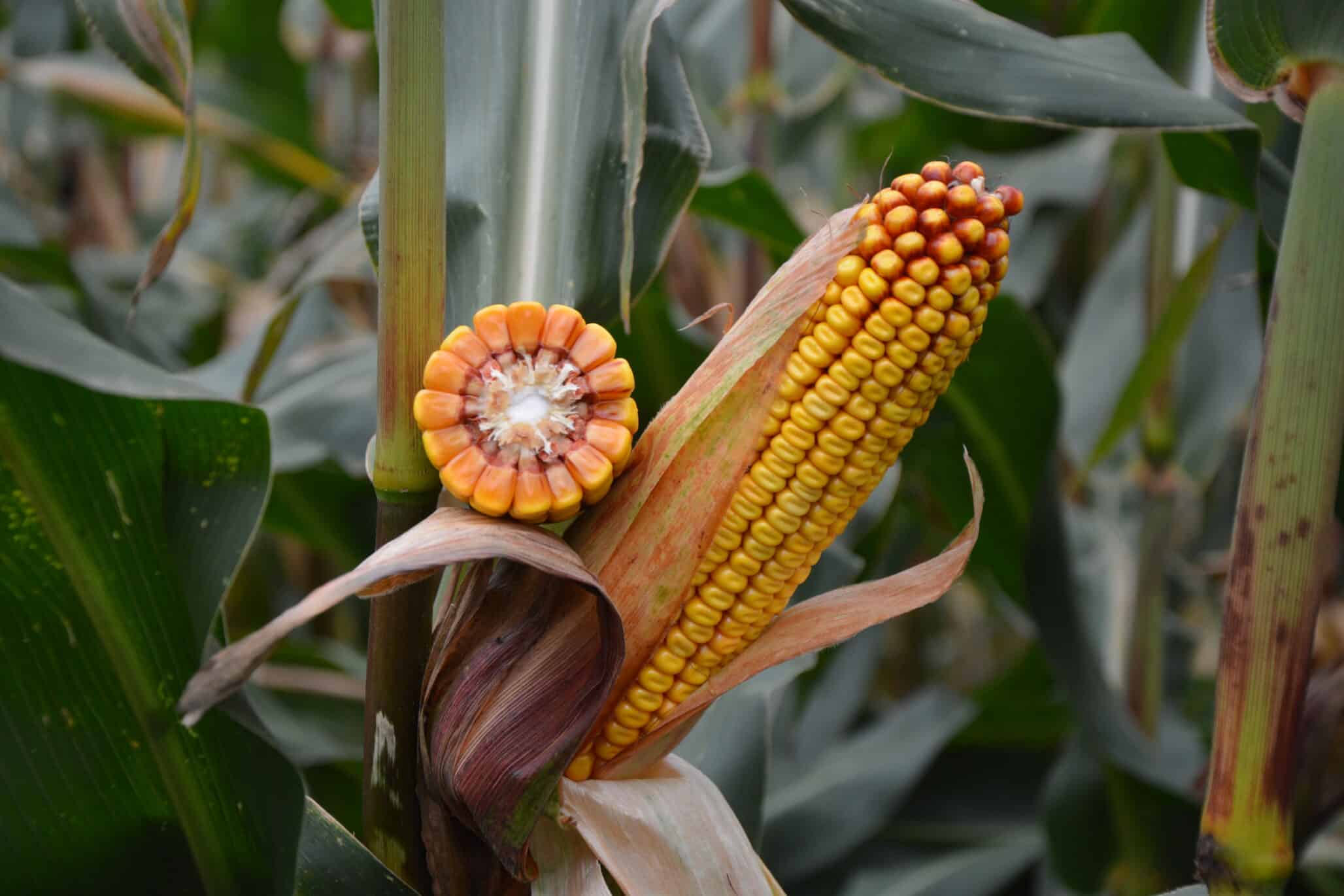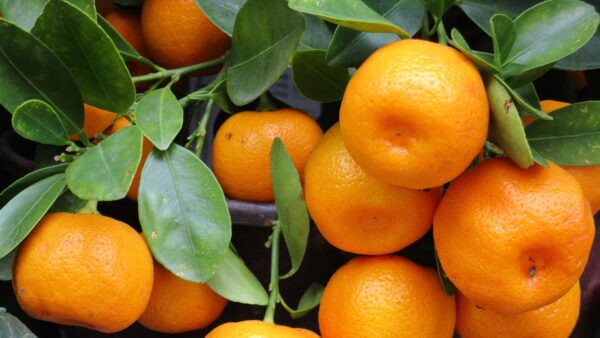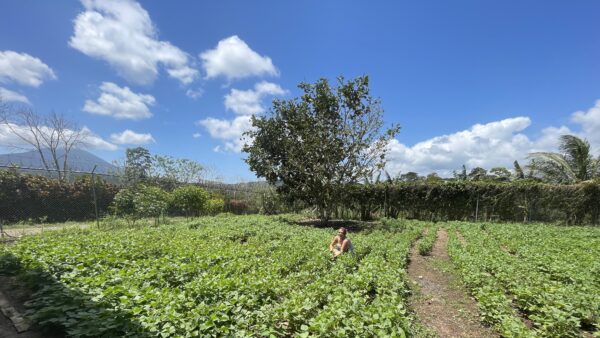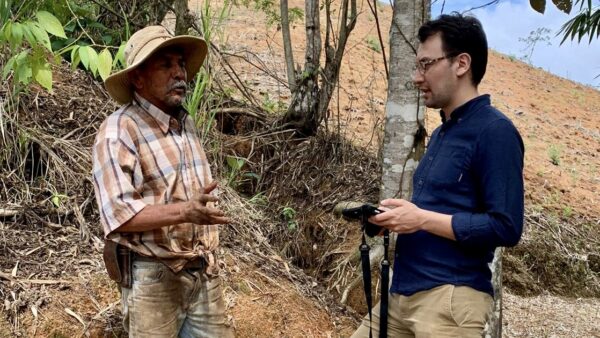Being a farmer means facing challenges every day. Certain stages in cultivation are crucial and cause a great deal of stress. In spring crops such as corn, one of these stages is particularly important: the sowing stage. Yield is mainly determined at this stage because, with corn, you cannot rely on tillering. Each seed must produce a viable plant that will develop a highly productive ear. Until now, successful sowing has depended on three factors: the right terroir, i.e. the right combination of weather conditions and soil type at the time of sowing; an experienced farmer, because he or she is responsible for preparing the land and sowing the seed; and finally, a seed drill that is used to its full potential. Is it properly maintained? Have the wearing parts been checked regularly? Are the settings right? To these three key factors we can add a fourth: the seed!
Some factors are inherently easier to control than others.
Emelyne BOUTONNET, Marketing Projects Manager for France and Export at Monosem, tells us more about the “seed drill” factor: “At Monosem, we provide solutions to control the ‘machine’ factor to the greatest extent possible. We offer a wide range of seed drills according to the crop sown and the farming practices of the farmer. Some of our models, for example, are best suited to direct drilling, while others are more suited to conventional preparation. On the other hand, one of the strengths of our single grain seeders is the ease with which they can be switched from one crop to another (from corn to sunflower, for example) and from one variety to another. Using the same seed drill, you just have to change the selection disc in order to switch variety.”
What about the seed factor? Our company pays particular attention to the quality of seeds supplied to farmers. As Corn Market Manager, during my visits to farmers, I observed that despite the excellent quality of the seed batches, problems persisted: poorly placed seeds, skips or doubles (two seeds too close to each other in a seed row), and finally, considerable irregularity in the distance between seeds in a row. At the start of our investigations, we put these problems down to a poorly set seed drill, but it turned out that the machine could not solve everything. Not all farmers have this type of problem. It is most common among those who are looking for maximum precision and those who sow at higher speeds.
To determine the causes more precisely, we worked with Monosem to test a wide range of seed batches in their laboratory. We were able to pinpoint several criteria that will enable us to go further in proposing solutions. One important factor is the shape of the seed. For example, a pointed seed may enter the hole in the disc when the seed is selected in the seed drill and, when it is released, be delayed by a few hundredths of a second. This very slight discrepancy will result in a greater distance between the previous seed and this one, and a closer distance to the next one. For some farmers who seek both speed and precision, these imperfections mean that yields will plateau or even fall, and for them this is unacceptable.
A seed company must be able to help farmers unleash those extra quintals. So, it’s for farmers and to meet their needs that we’re working on a new quality criterion: sowability. Sowability is the capacity of a seed to be sown well, without doubles or skips, maintaining as regular a distance between seeds as possible. This new criterion will enable farmers to be more efficient at sowing time and to raise the upper limits on yield.


